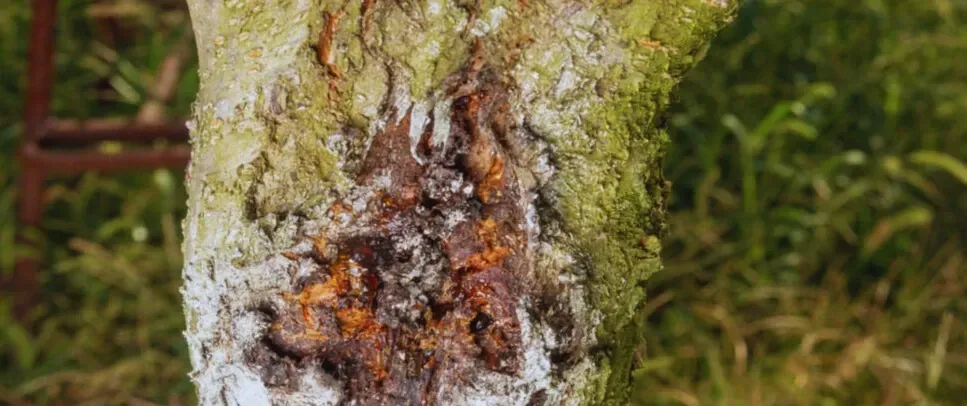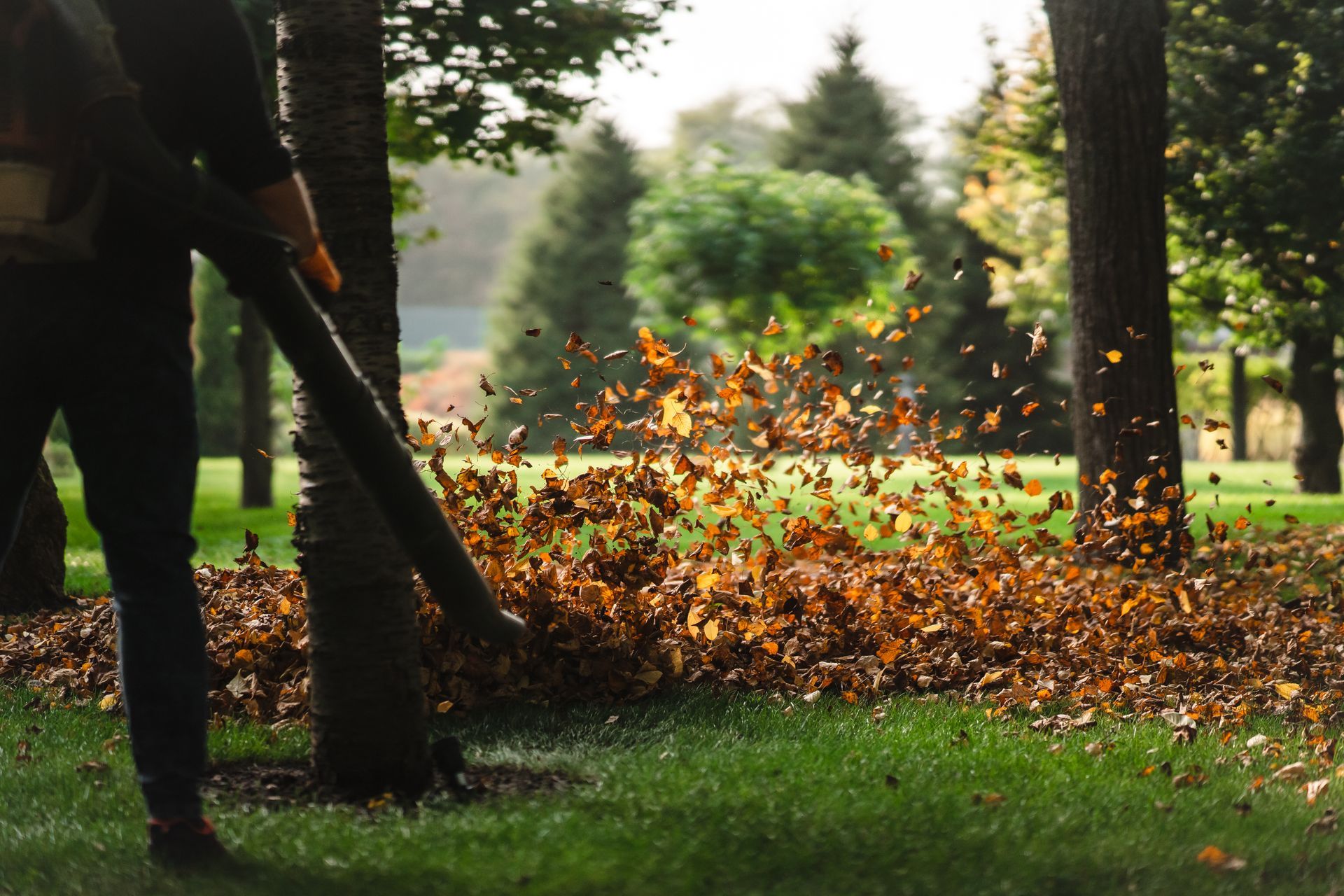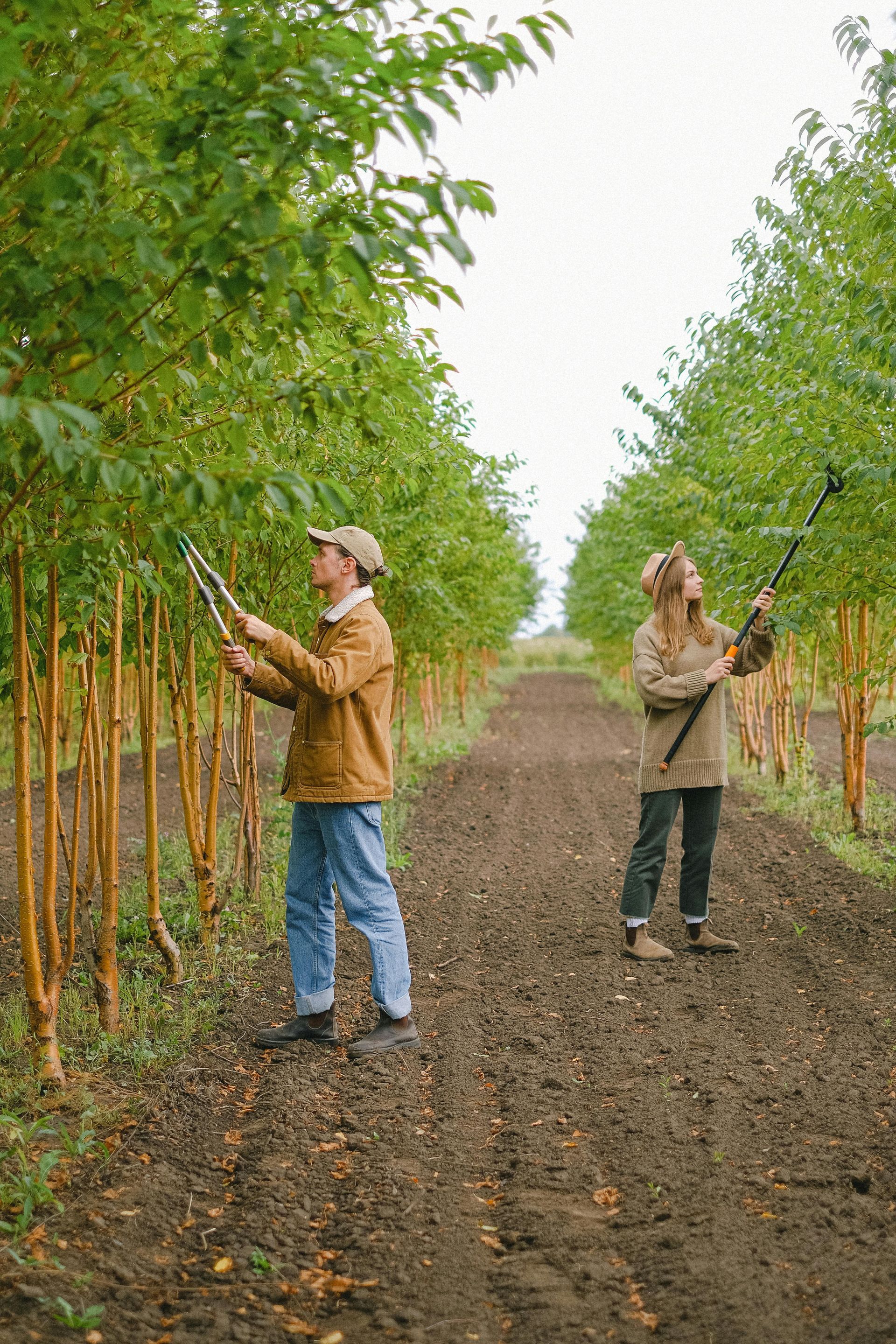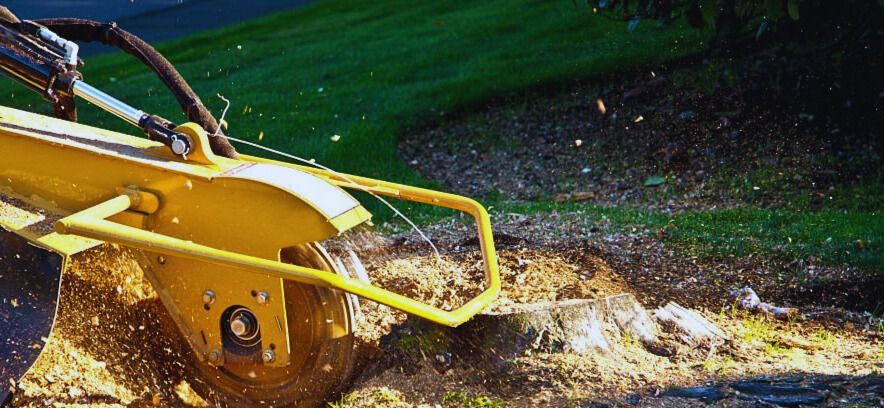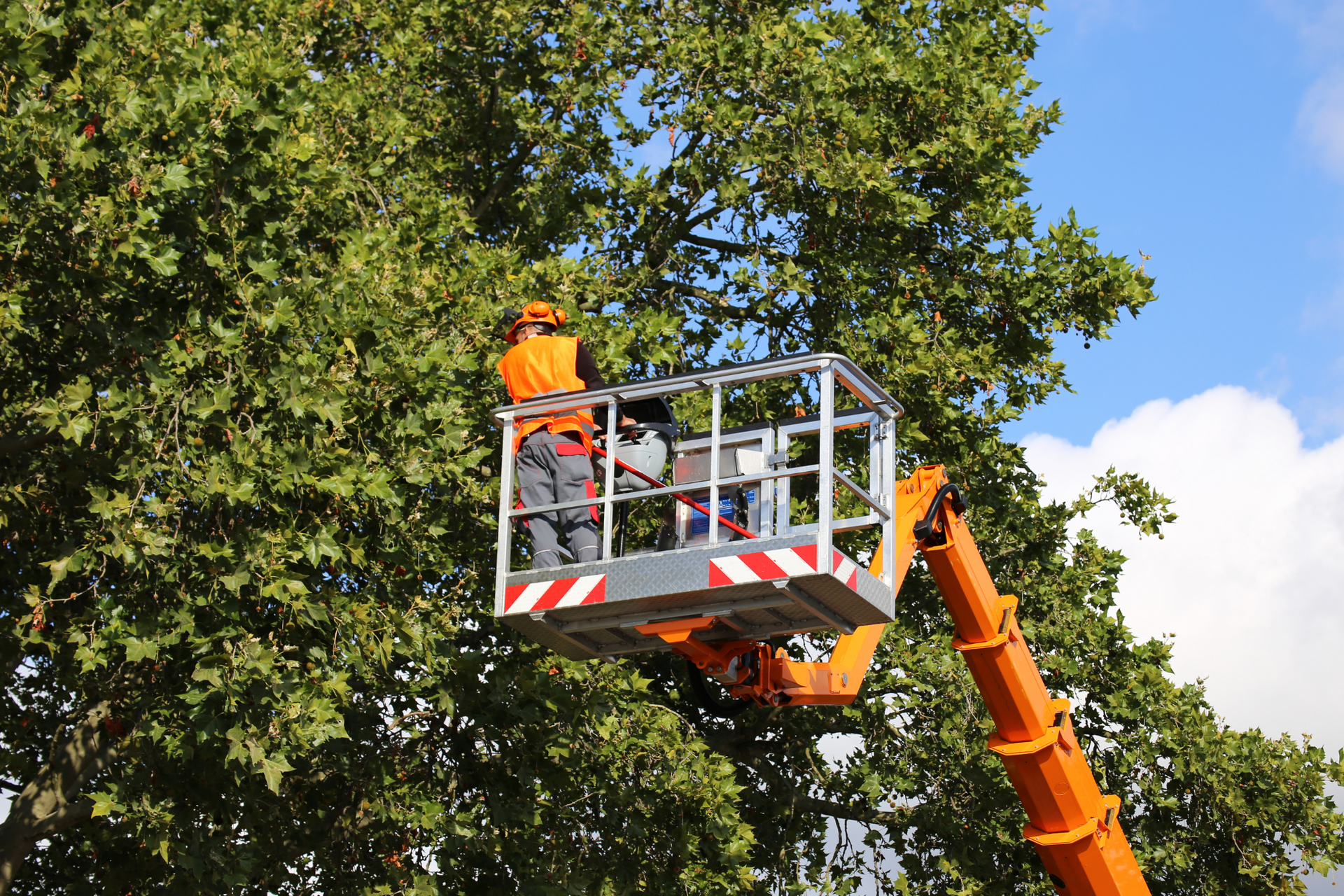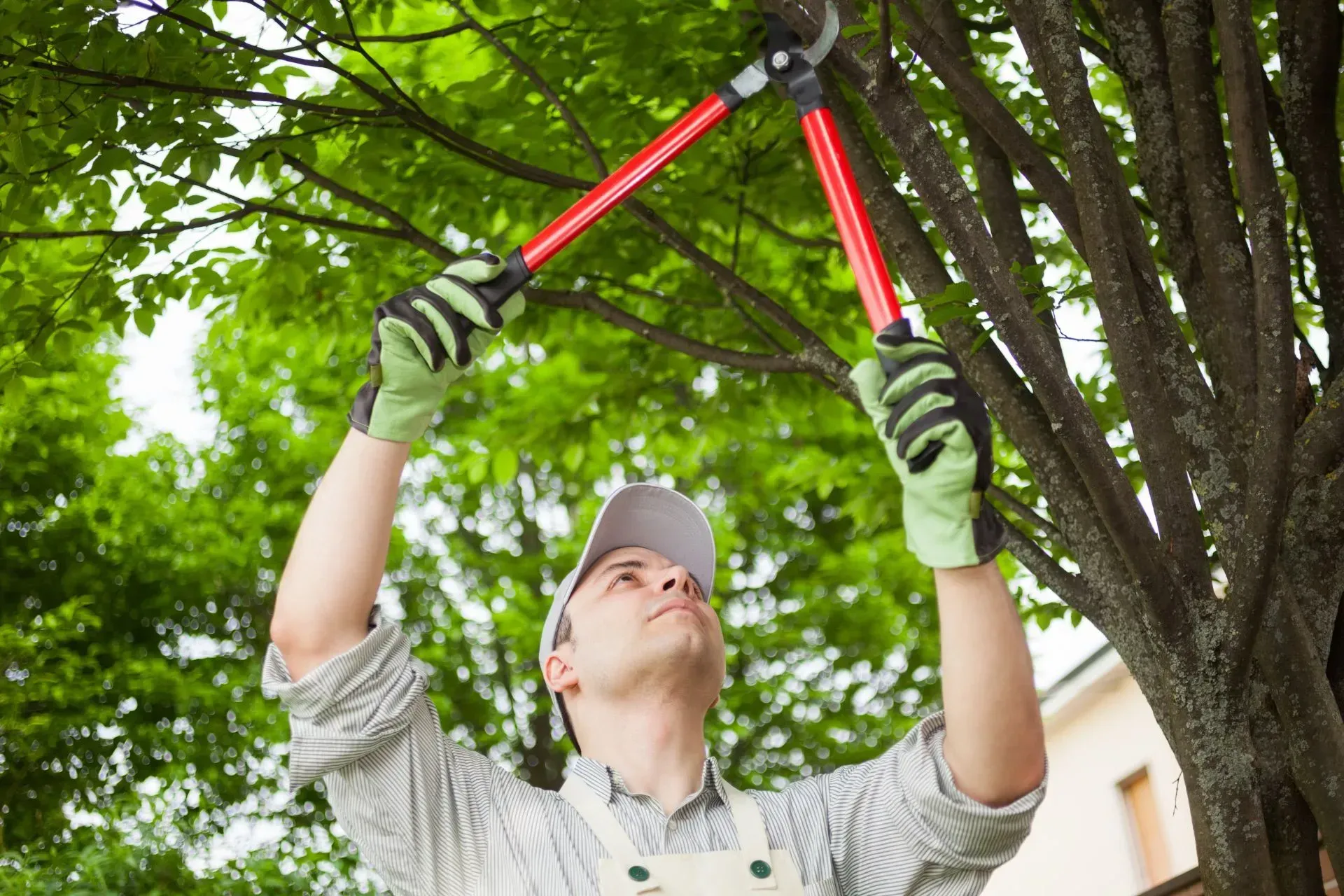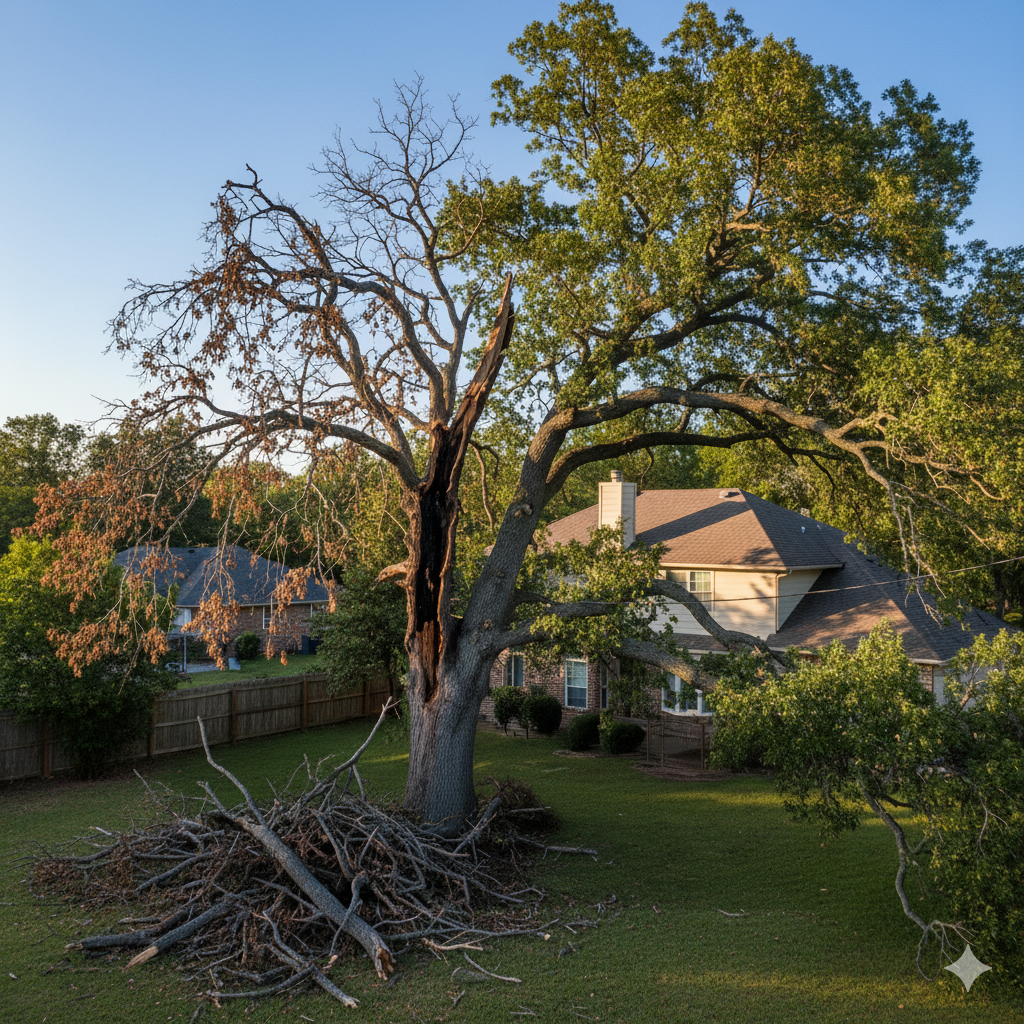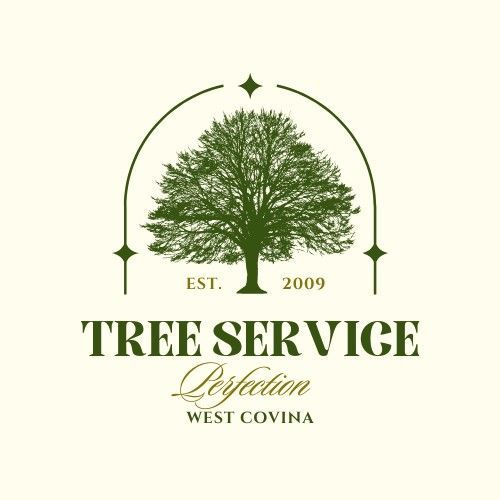From Stunted to Strong: Solutions for Common Tree Growth Issues
Introduction
Have you noticed your trees not growing like they used to? Maybe the leaves look yellow, branches are brittle, or your favorite shade tree hasn't grown an inch in years. You’re not alone. Tree growth problems are common and often misunderstood. Healthy trees don’t just enhance the beauty of your landscape—they also contribute to environmental health and property value. So, it’s essential to recognize and resolve these issues early.
In this guide, we’ll walk you through all the key reasons behind stunted tree growth and offer real-world, proven solutions to bring your tree back to life. Whether you’re a homeowner, gardener, or simply a nature lover, you’ll learn how to take your tree from struggling to thriving.
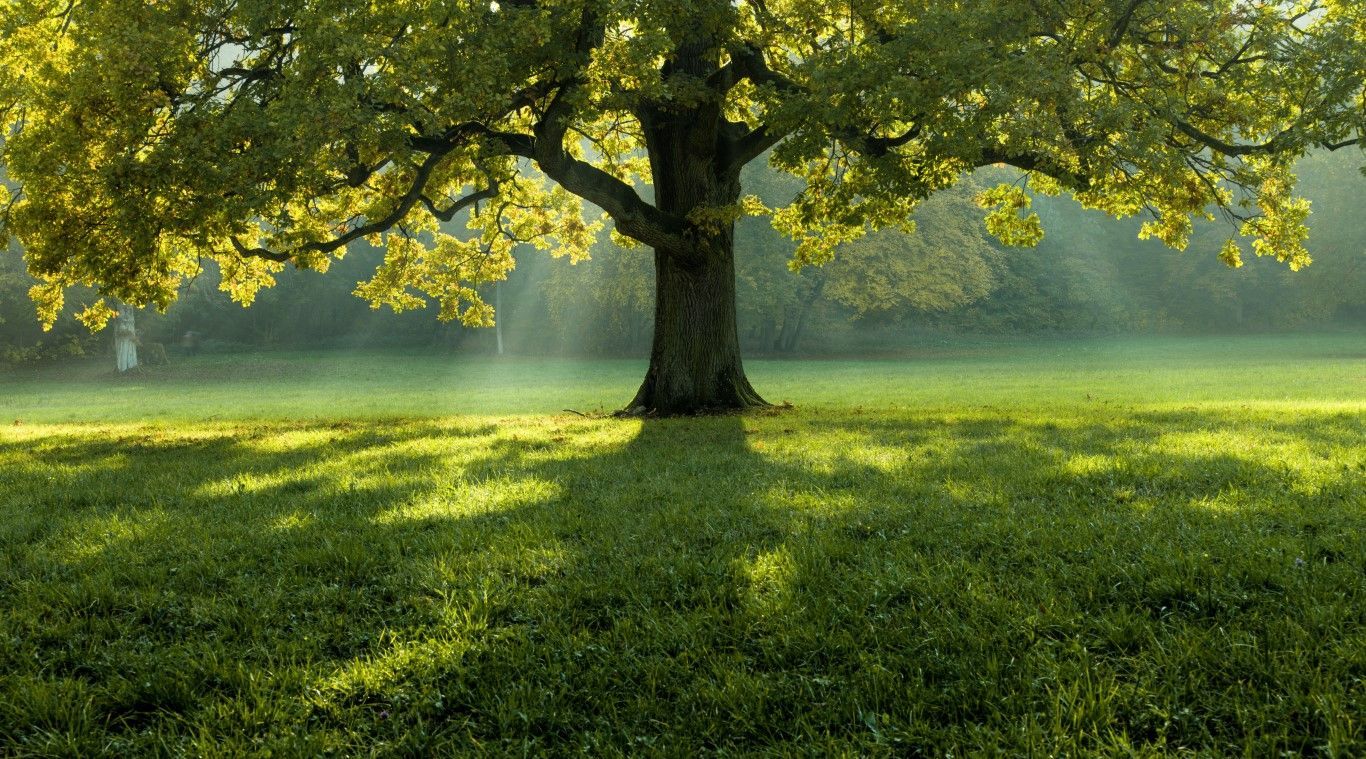
Signs Your Tree is Struggling to Grow
Trees communicate silently but clearly—if you know how to read the signs. Some common indicators include:
- Yellowing Leaves: A classic signal that something's wrong with nutrient uptake.
- Sparse Foliage: Gaps in leaf coverage mean the tree isn’t receiving what it needs.
- Brittle or Dead Branches: These can indicate root or disease issues.
- Lack of Annual Growth: Most trees grow every year; no growth is a red flag.
- Excessive Leaf Drop: Especially outside of fall, this suggests stress.
Early detection is crucial. Identifying these signs quickly can make the difference between life and death for your tree.
Common Causes of Stunted Tree Growth
Let’s dig into what causes trees to stop growing properly:
- Poor Soil Conditions: Nutrient-deficient or compacted soil can choke roots.
- Insufficient Water: Both over and under-watering can wreak havoc.
- Pest Infestations: Bugs like aphids or borers sap tree strength.
- Diseases: Fungal and bacterial infections often stunt development.
- Root Damage: Construction, digging, or even improper planting can hurt roots.
Understanding the root cause is the first step in creating a tailored recovery plan.
How Soil Quality Affects Tree Development
Soil isn't just dirt—it’s a living, breathing ecosystem. Healthy soil supports strong tree growth. Here’s what matters:
- pH Level: Trees prefer a slightly acidic to neutral pH (6.0–7.0). Outside this range, nutrients become unavailable.
- Nutrient Content: Nitrogen, phosphorus, and potassium are essential. A soil test reveals what’s missing.
- Soil Compaction: Dense soil prevents oxygen and water from reaching roots.
Add compost or organic matter to loosen the soil and improve nutrient flow.
The Importance of Proper Watering Techniques
Watering seems simple, right? But most tree problems start here.
- Overwatering drowns roots, leading to rot.
- Underwatering stresses the tree, especially in hot climates.
Use the “soak and dry” method: water deeply, then allow the soil to partially dry before the next watering. Young trees need more frequent watering than mature ones.
Tree Species and Their Growth Patterns
Not all trees grow the same way. Understanding species-specific growth is vital.
- Oak Trees: Slow growers but become giants with proper care.
- Maples: Moderate growers, often needing consistent moisture.
- Fruit Trees: Require regular pruning and feeding to stay productive.
Research your tree species or consult a local expert to set realistic expectations and care plans.
Sunlight Needs for Healthy Tree Growth
Sunlight is like food for trees. Photosynthesis can't happen without it.
- Full Sun Trees (like most fruit trees) need 6–8 hours of direct light.
- Shade-Tolerant Trees (like Dogwoods) need filtered or partial sunlight.
If your tree isn’t getting the light it needs, consider trimming surrounding trees or relocating it during planting.
Impact of Pests and Diseases on Tree Growth
Insects and diseases are silent killers. They can be hard to detect until damage is severe.
- Aphids, scale insects, and borers are common tree pests.
- Fungal diseases like powdery mildew or root rot can halt growth.
Check your tree regularly for holes, discolored leaves, sticky sap, or mold. Early treatment with horticultural oils or organic pesticides can make all the difference.
The Role of Tree Roots in Growth Health
Roots are the tree’s lifeline. If they're unhealthy, everything above suffers.
- Girdling Roots: Roots that grow in a circle choke the tree from the inside.
- Shallow Roots: More prone to drought and damage.
- Injured Roots: Caused by construction, poor planting, or pests.
Aerate the soil, mulch properly, and avoid compacting the area near the trunk.
How to Choose the Right Fertilizer
Fertilizers can boost growth—if chosen wisely.
Type Best For Notes
Organic Long-term health Compost, manure, slow-release
Synthetic Quick nutrient fix Use sparingly to avoid root burn
Read the N-P-K ratio on the label and match it to your tree’s needs. Avoid over-fertilizing, as it can do more harm than good.
Pruning as a Growth Enhancement Tool
Pruning helps shape trees and encourages new growth.
- When to Prune: Late winter or early spring is ideal.
- What to Prune: Remove dead, diseased, or crossing branches.
Don’t overdo it—never remove more than 25% of the canopy in one season. When unsure, consider hiring a professional Tree Service.
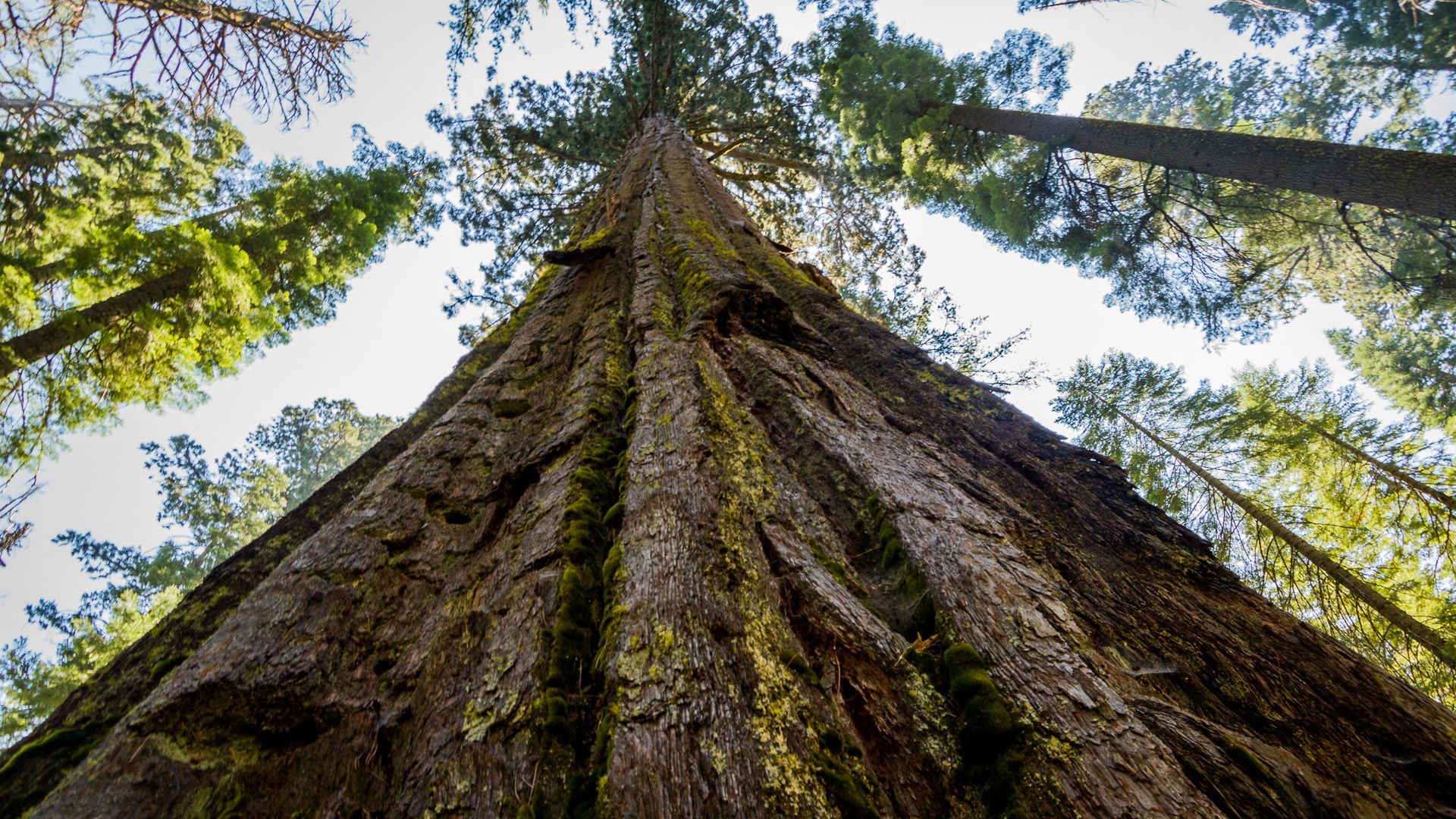
How to Protect Trees from Harsh Weather
Trees face all sorts of environmental stress:
- Strong Winds: Stake young trees and trim weak branches.
- Frost: Use frost blankets or burlap wraps.
- Drought: Deep watering and mulching help retain soil moisture.
Adapt your care strategy by season to keep your tree protected year-round.
Benefits of Mulching Around Trees
Mulch is like a warm blanket for your tree.
- Retains Moisture: Keeps roots cool and hydrated.
- Suppresses Weeds: Reduces competition for nutrients.
- Regulates Temperature: Prevents root stress during weather extremes.
Spread mulch 2–4 inches deep around the base but avoid piling it against the trunk.
When to Call a Tree Service Expert
Sometimes, it’s best to let professionals step in. If you notice signs like:
- Large dead limbs
- Hollowed trunks
- Tree leaning dangerously
Reach out to a certified arborist. A professional Tree Service can provide treatments, safe pruning, or even tree removal if necessary.
DIY Solutions for Minor Tree Issues
You don’t always need a pro. Try these DIY fixes:
- Compost Tea: Natural fertilizer to boost growth.
- Neem Oil Spray: Great for pests and mildew.
- Soaker Hoses: Ideal for deep watering.
Just be sure to monitor progress regularly and adjust based on results.
Tree Growth Myths Debunked
Let’s clear up some misconceptions:
- “More water means better growth.” – Not always. Overwatering is just as bad.
- “Topping trees helps them grow back stronger.” – False. It weakens the structure.
- “Any fertilizer will do.” – Nope. You need the right nutrients for the right tree.
Get your facts straight before trying home remedies.
Case Study: Saving a Dying Tree
A homeowner in Covina had a 10-year-old maple tree showing no new growth and brittle branches. After a soil test revealed poor pH and compaction, they added compost and adjusted watering habits. Within one season, new buds appeared. With consistent care and guidance from a Tree Service, the tree returned to full health in under a year.
From Stunted to Strong: A Full Recovery Plan
Here’s a step-by-step recovery plan for your tree:
- Inspect for signs of stress and damage.
- Test Soil for pH, compaction, and nutrients.
- Adjust Watering to the species’ specific needs.
- Fertilize Smart based on soil test results.
- Prune Wisely during dormant seasons.
- Mulch Properly to protect roots.
- Protect against pests and harsh weather.
- Monitor growth monthly and keep notes.
- Consult Experts if no improvement in 3–6 months – Contact.
FAQs About Tree Growth Issues
Why is my tree growing so slowly?
It could be due to poor soil, incorrect watering, pests, or lack of nutrients.
How do I know if my tree is dying?
Look for signs like leaf drop, brittle branches, bark cracks, or no new growth.
Can a stunted tree recover?
Yes, with proper care, many trees bounce back from stress or damage.
When should I fertilize my tree?
Generally, in early spring or fall, but timing depends on the tree type and soil.
Is pruning necessary for all trees?
Most trees benefit from occasional pruning to remove deadwood and stimulate growth.
an I plant a new tree in the same spot where one died?
It’s possible, but you should treat the soil and check for root rot or disease remnants first.
Conclusion
Healthy trees don’t just happen—they require the right mix of care, patience, and knowledge. Whether your tree is suffering from compacted soil, thirsty roots, or a pest invasion, you now have the tools to help it thrive. Remember, small actions can yield big results. Monitor your trees regularly and don’t hesitate to reach out to professionals if needed.
Start your journey from stunted to strong—because every tree deserves a chance to flourish.
Contact the experts for personalized help with your trees – Contact.
Links

